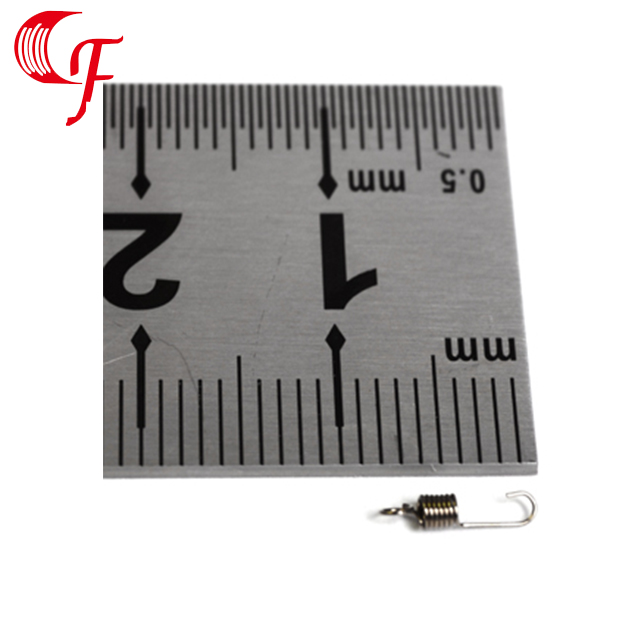Precision Torsion Springs: Technical Specifications and Applications
1. Definition and Characteristics
Precision Torsion Springs are helical springs designed to exert rotational force (torque) or store angular energy when twisted about their axis. These components are engineered with exacting tolerances, typically within ±5% of nominal torque values, and are manufactured from high-performance materials such as music wire (ASTM A228), stainless steel (302/304/316), or high-carbon alloys. The spring rate (torque per unit of angular deflection) ranges from 0.01 N·mm/degree to 50 N·mm/degree, with maximum angular deflections up to 360° for standard designs.
Key dimensional parameters include wire diameters from 0.1 mm to 6.0 mm, mean coil diameters between 2 mm to 60 mm, and active coils numbering from 2 to 10. The legs (termination points) can be configured in multiple orientations (90°, 180°, 270°) with positioning accuracy of ±0.5° in precision applications.
2. Performance Specifications
| Parameter | Typical Range | Precision Grade |
|---|---|---|
| Torque Capacity | 0.5 N·mm to 500 N·mm | ±3% tolerance |
| Spring Rate | 0.05 to 20 N·mm/deg | ±5% tolerance |
| Fatigue Life | 10,000 to 1,000,000 cycles | Tested to 10^6 cycles |
| Operating Temperature | -40°C to +120°C (standard) | Up to +400°C (special alloys) |
| Surface Finish | 0.4-0.8 μm Ra | 0.2 μm Ra (polished) |
3. Material Properties
The most common material for precision torsion springs is hard-drawn carbon steel (ASTM A227) with tensile strengths ranging from 1,600 to 2,000 MPa. For corrosion-resistant applications, 302/304 stainless steel is employed, offering tensile strengths of 1,700-2,100 MPa while maintaining good formability. High-cycle applications often use chrome-silicon alloys (ASTM A401) with superior fatigue resistance, capable of withstanding 500,000+ cycles at 70% of maximum deflection.
4. Application Scenarios
Medical Devices: Surgical instrument mechanisms requiring 0.1-5 N·mm torque with sterilization compatibility (autoclavable materials).
Aerospace: Flight control surface mechanisms needing ±0.25° angular repeatability and vibration resistance.
Automotive: Throttle Return Springs with 10-50 N·mm torque and temperature stability from -40°C to +150°C.
Electronics: Hinge mechanisms in mobile devices with 0.5-2 N·mm torque and ultra-compact designs (<3mm OD).
Industrial Automation: Robotic joint return springs with 20-200 N·mm torque and 1,000,000+ cycle life.
5. Maintenance Procedures
Proper maintenance of precision torsion springs involves several critical procedures:
Lubrication: Apply dry film lubricants (e.g., PTFE-based) at 0.5-1.0 mg/cm² for friction reduction, particularly in high-cycle (>100,000 cycles) applications.
Inspection: Measure free angle position within ±1° of specification using optical comparators or torque testers every 50,000 cycles.
Cleaning: Use ultrasonic cleaning with 50-100 kHz frequency for 3-5 minutes in non-corrosive solvents (isopropyl alcohol preferred).
Storage: Maintain in dry nitrogen atmosphere (<40% RH) at 15-25°C to prevent hydrogen embrittlement in high-carbon steels.
Installation: Use torque-limiting drivers with ±2% accuracy during assembly to prevent over-deflection beyond 80% of maximum design angle.
6. Failure Analysis
Common failure modes include:
Fatigue Fracture: Typically occurs at 10^5-10^7 cycles at stress levels above 45% of tensile strength.
Corrosion Pitting: Reduces fatigue life by 50-70% when surface roughness exceeds 1.6 μm Ra in humid environments.
Permanent Set: Angular drift exceeding 5% of initial position after prolonged static loading (>1,000 hours).
Leg Deformation: Occurs when bending stresses exceed 80% of yield strength at termination points.
7. Design Considerations
When specifying precision torsion springs, engineers must account for:
Stress Relaxation: Allowing for 5-15% torque loss over 10,000 hours at 70% of maximum deflection.
Dynamic Loading: Impact forces should not exceed 150% of rated torque for more than 10^3 cycles.
Temperature Effects: Spring rate changes by approximately 0.03-0.05%/°C for steel alloys.
Surface Treatments: Electropolishing improves fatigue life by 20-30% by reducing surface imperfections.





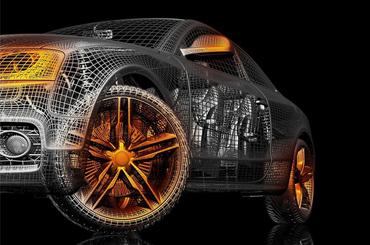
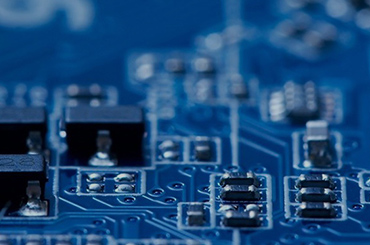
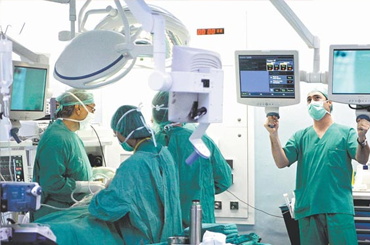
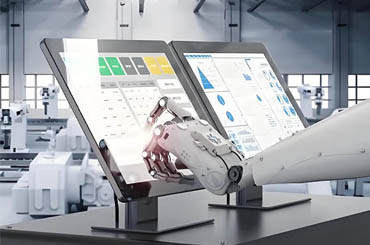
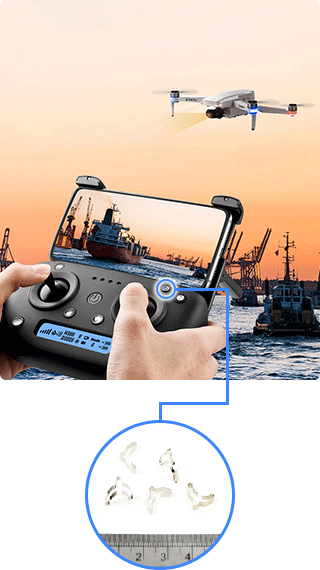
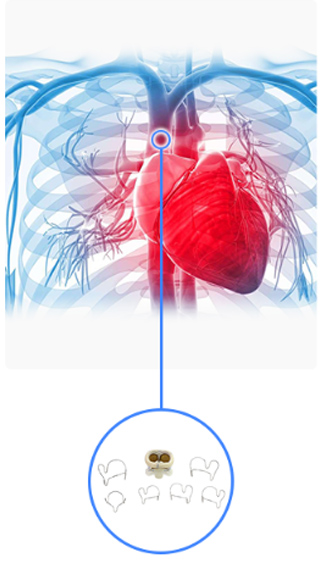
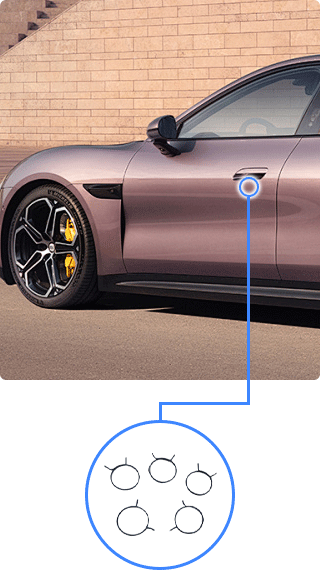
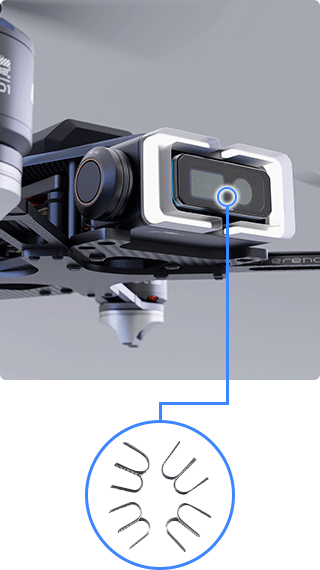
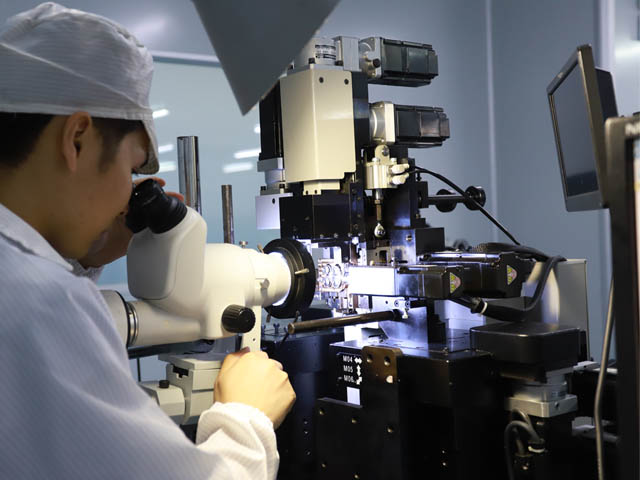








 English
English
